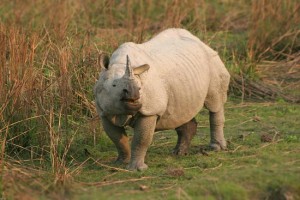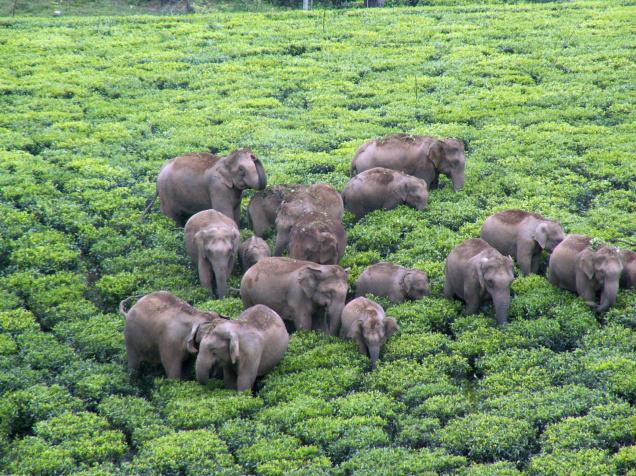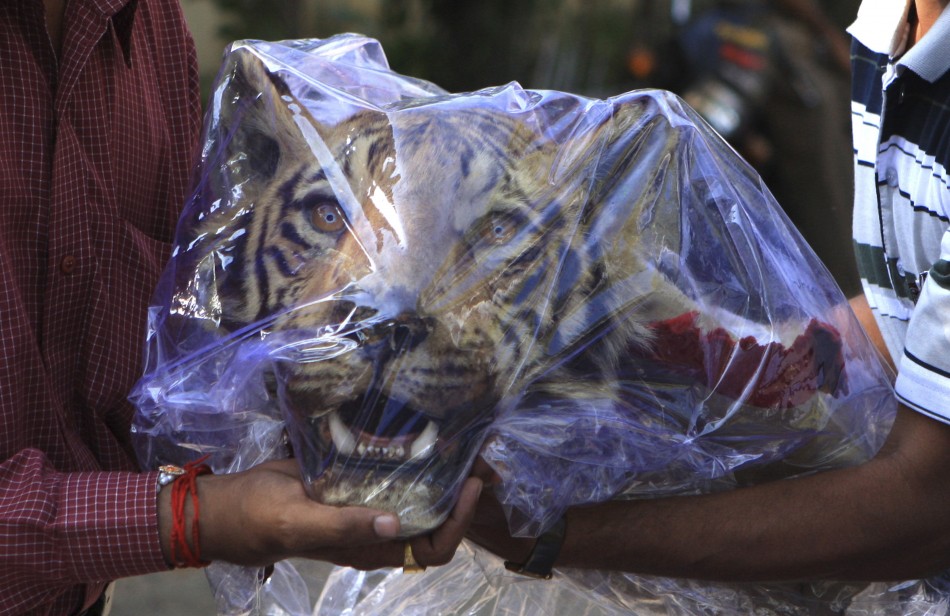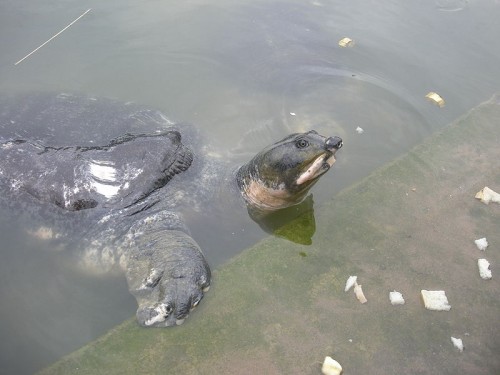 Conservation efforts at Assam’s Kaziranga National park are finally bearing fruits. As South Africa struggles with poaching threats to its rhino population, the Indian rhinos seem to be thriving with at least 250 more Rhinos recorded in the Assam sanctuary over a three year period.
Conservation efforts at Assam’s Kaziranga National park are finally bearing fruits. As South Africa struggles with poaching threats to its rhino population, the Indian rhinos seem to be thriving with at least 250 more Rhinos recorded in the Assam sanctuary over a three year period.
The last census in the park was conducted in 2009 when 2048 rhinos were spotted here. Later 8 of the rhinos were translocated to manas national park of the same state. This year a two day census revealed that the Rhino population was 2290, a solid 250 individuals more.
“This indicates a healthy growth of the rhino population in the park. We are happy about the growth and now, we are only 495 rhinos short of attaining a 3,000 rhino population, which was the target of Indian Rhino Vision (IRV) 2020,” informed a senior official of the Kaziranga National Park.
The IRV, 2020 is a joint programme of the Assam forest department, World Wildlife Fund for Nature (WWF) and International Rhino Foundation (IRF) with the goal of attaining a population of 3,000 wild rhinos in seven protected areas of Assam by the year 2020.
Increasing Numbers
With the 2290 one-horned rhinos is Kaziranga, the total rhino population of Assam stands at 2505 with the following estimated population in other parks of the state,
Pabitora wildlife sanctuary in Morigaon district – 93 rhinos
Rajiv Gandhi National Park at Orang in Darrang district – 100 rhinos
Manas national Park – 22 rhinos
The rhino census in different parks and sanctuaries were conducted in the supervision of the state’s Chief Conservator of Forests (Wildlife) S.P. Singh. Besides, other officials of the forest department, wildlife NGOs like WWF-India, WTI, Aaranyak, and Green Guard Nature Organization also took part in the census.
The parks and sanctuaries were divided into different zones and visual counting method was used to estimate the population.
Increased Vigilance
The Assam government has also recently set up 152 forest camps inside Kaziranga National park to increase protection for the highly endangered one-horned rhinos and other animals from poachers.
According to officials these camps will have six guards each of whom will be armed with .303 and .305 rifles. They will also be patrolling the forest area on foot and on elephants.
Apart from forest guards armed security guards too have been appointed within the forest to tightly secure the area against poachers.
Government officials say that permission has been granted to provide the guards with weapons like AK47 rifles to fight the poachers who often have state-of-the-art firepower to target the animals.
Additionally Prevention of Rhino Poaching and Wildlife Crime Control of Golaghat and Sonitpur committees have been formed to boost conservation measures.
About the One-horned Rhino
Although the overall population of this species is increasing, it is still a vulnerable animal highly threatened by poaching for its horns. Also known as the greater one horned rhinoceros the animal is confined to less than ten sites with over 70% of the population in Kaziranga National Park in Assam.




